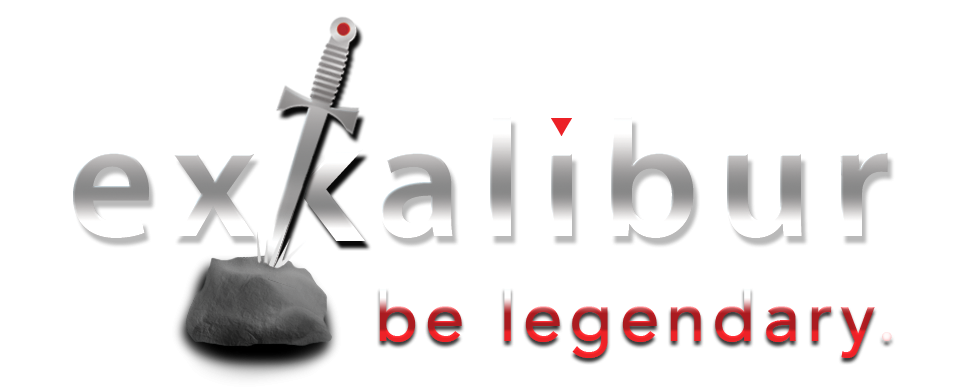Car jack. Nail clippers. Claw Hammer. Teeter-totter. Tweezers. Nutcracker. Scissors. W hat do these devices all have in common? They create leverage, a simple but extraordinary force that increases the power of everything to which it is applied. (Whenever a word is underlined with a dotted line, there is an accompanying definition when you click on the word. Most of them are used to explain specific financial terms, like leverage in this case.)

Engineers and financial analysts use more specific definitions, but in simple terms, you need at least three things to create leverage:
1. A fulcrum, or pivot point,
2. A load being moved, and
3. A force that’s moving it.
Leverage has never been more important for a leader.
Leverage is even more invaluable in a demanding economy. Most of us have fewer resources to solve the problems we face every day … so we need as much leverage as we can muster to turbocharge the resources at our command.
Financial leverage may be one the first things that come to mind, but I want to talk about at least six pivot points that can drive your business to greater success.
1. Delegation
Are you doing everything possible to leverage your time? It not only empowers others to learn and grow, but it increases the chance the most important things won’t get overlooked.
You already know you can leverage your time by delegating responsibilities to others in your organization.
But have you really concentrated on that option lately? Even if it involves multiple people taking up the slack in a variety of tasks, it all adds up and will open up some time for you to do the things most important to your organization.
The most popular post on Sword Tips, the Exkalibur blog, is the 8 Principles of Effective Delegation. Take a moment and start putting these principles to work right now.
Make Personal Productivity Your Ally
As you know, I’ve written and spoken often about the importance of personal productivity, discipline and focus to help business leaders accomplish those things that only THEY can do. It is critical that you look for resources within your organization to make sure you’re doing the things that ONLY YOU can do.
A personal footnote. Empowered by the reach and accessibility of the personal computer, executives have worked over the last 20 years with dramatically reduced secretarial and administrative support, in part believing that they could now do much of that work themselves. While this approach has achieved cost reduction benefits, it has hurt executive performance and productivity more than ever expected.
[pullquote]Give me a place to stand, and I shall move the earth with a lever. ~ Archimedes[/pullquote]
Just get the ball into the Red Zone
When most people hesitate to delegate, it’s often because they can’t identify someone who can get it done and get project or task across the goal line. (We’ll cover in another post what they says about the quality of that leadership team.)
But, can’t they still be a big help if they can just get the ball into the Red Zone (a football term that refers to any time the offense has the ball within 20 yards of the goal line)? If you’re just starting down the field, hand it off to someone who can get you down the field, even to the red zone, where you can carry it across the goal line zone yourself, or with a different team assembled just for that purpose.
If you limit yourself only to resources that can get the ball over the goal line in every instance, you’re limiting your access to valuable resources that make a big difference in moving the ball down the field.
2. Outsourcing
Outsourcing can leverage your investment capability while expanding your resources. Hiring contract manufacturers to build your products, public warehouses to distribute them, independent reps to sell them … are just some of the ways that you can expand your resources on a “pay as you go” basis rather than by direct investment.
I’m a strong advocate of these approaches, for not only their ability to leverage scarce investment resources, but their flexibility when plans change.
You can switch to another contract manufacturer if your customer base shifts; it’s not so easy to move a plant you wish had been built in a different place.
3. Create New Partnerships
Creating a partnership may be a “kissing cousin” of outsourcing, but it’s a contractual relationship of a higher order.
It usually denotes a greater commitment of resources as a well as a greater responsibility for the outcome. Engaging with a partner leverages your financial and human resources and gives you the opportunity to do more than you could on your own.
Yes, there are risks to “sharing with a partner”, but the rewards from that kind of leverage can also be striking.
4. Team up with other business executives
You can leverage your intellectual resources by establishing a board of advisors, or by expanding your board of directors to include outside professionals from different industries and viewpoints.
You can also join a peer group like the Exkalibur Leadership Forum, or other leadership groups, that offer timely and regular access to diverse experiences, insights and opinions.
“Two heads are better than one,” still works.
5. Digital Collaboration Tools
The widespread use of personal computers as well as mobile devices has opened up a whole new world of digital tools to enhance, accelerate and manage communication and collaboration among team and their members from across the globe.
We can’t get to those details today, but in our upcoming Build an Awesome Digital Toolkit program, we’ll feature an entire section about these powerful collaboration tools and suggest some that we’ve tried and use that might help.
No matter what platform you choose, you’re making it tougher if you’re relying solely on the phone and email to stay in touch and direct your teams in a responsive and accountable manner.
6. Social Media
In a related family of digital tools, social media has also gained phenomenal traction in the last several years and it’s really only beginning.
There are many platforms … Twitter, Face
book, LinkedIn, YouTube to name a few of the more prominent platforms … that enable all of us to reach a wider network among colleagues, employees, vendors and customers.
As we leverage the opportunity to build broader and deeper relationships across the globe, we can make a dramatic difference in our outreach to those communities. Our products become more visible, we strengthen the relationship with our customers, and we communicate more easily with employers and employees to respond to new challenges and threats.
Summary
Here are the 6 Pivot Points we’ve covered to help you leverage your resources:
- Delegation
- Outsourcing
- Partnerships
- Advisors
- Digital Tools
- Social Media
The most important takeaway is to make LEVERAGE a top-of-mind tool in your toolkit.
Every time you have a project or task to complete, think LEVERAGE.
How you can deploy other resources around you to get more done and be more productive? It will help you become a More Effective Leader and Build a More Successful Business.
Question: What is one way you have leveraged your resources … financial, human, intellectual and time? What’s working best for you right now? Why not join the conversation and share your thoughts and comments? You can add your message easily by clicking the link to Facebook Page or @Exkalibur on Twitter. I visit them every day and look forward to discussing these ideas and concepts with you.



